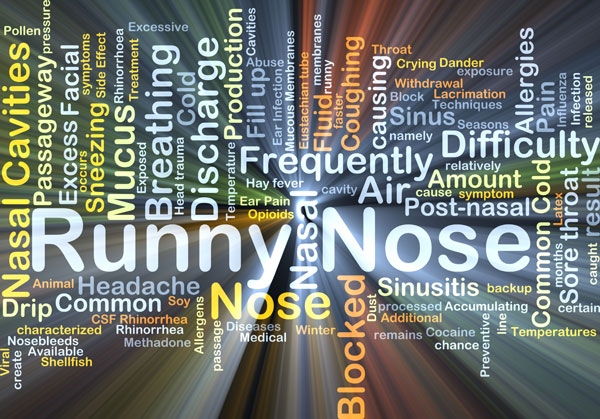Sinusitis, the inflammation and congestion of the sinuses, causes pain in the head and the face. This pain is referred to as headache-sinus. Factors causing sinus headaches can be divided into four categories: respiratory, environmental, physical and other.
Respiratory Factors
Since sinus headaches are an outcome of another condition, these are called secondary headaches. Generally, the underlying condition associated with the sinus headaches is common colds. Other infections of upper respiratory system may also lead to sinus headaches.
When the ducts connecting the sinuses with the back of the nose swell, the sinus functioning ability reduces and pressure builds in the infected sinus. Production of inflammatory fluid increases. Ability to drain fluid falls. This leads to pain of a headache-sinus.
Environmental Factors
Allergies and respiratory infection may lead to sinusitis, but do not result in sinus headaches. Allergies may cause sinus congestion that may in turn create headache pain. Patients prone to allergies should seek separate treatments for allergy and headache.
Malignancy, an infection or allergy reaction, may cause the headache. Allergy associated headaches are seasonal. Exposure to allergens – cigarette smoke, pollens and mold- may worsen the headache-sinus and increase its frequency.
Allergic rhinitis may lead to the sinus headache. Allergic rhinitis (hay fever), hormonal rhinitis, inflammatory rhino sinusitis and non-allergic rhinitis contribute to the headache. Hormonal rhinitis associated with pregnancy is nasal stuffiness and congestion due to hormones. The headache disappears after the delivery.
Sinus headache intensifies during winter or fall, the cold and cooler weathers respectively.
Sudden and rapid changes in air pressure may also worsen sinus symptoms, causing sinus headache.
Physical Factors
Nasal deformities and bone injuries may also trigger the sinus headaches. Chronic sinus infections, deviated septum and nasal polyps cause frequent sinus headaches. Deviated septum hinders airflow from the nose and interferes with drainage and breathing. A person with deviated septum is more prone to sinus congestion and infection that results in frequent sinus headaches.
A tumor of the sinuses may also plug up the sinuses, resulting in the headache pain.
Swollen nasal turbinates cause a feeling of nasal stuffiness and sometimes pressure, resulting in the headache.
Other Factors
Some times dental infection may reach the maxillary sinus, which is located within the cheekbones, and cause the headache.
In some cases, the headache aggravates on lying down or bending forward.
Sinus headaches are accompanied by nasal discharge, sore throat and postnasal drip.








